 Operation and Maintenance
Operation and Maintenance
 Linux Operation and Maintenance
Linux Operation and Maintenance
 Introduction to linux desktop environment
Introduction to linux desktop environment
Introduction to linux desktop environment
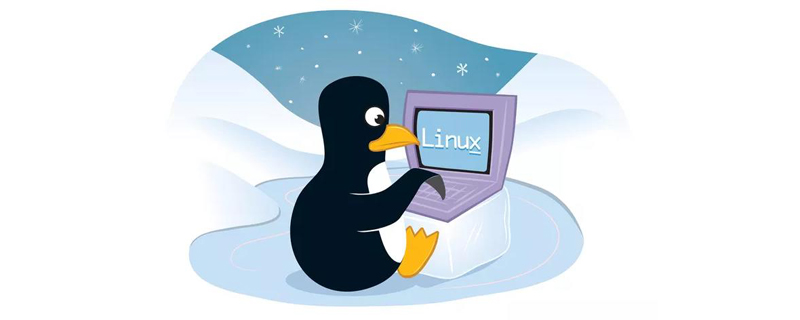
1. KDE
When it comes to the Linux desktop environment, KDE has to be mentioned. Some people say that it is the king of traditional desktops. This is not true at all. That's not an exaggeration; in contrast, KDE is very dominant in the choice of Linux desktop environment. In recent years, KDE has been ranked the best Linux desktop in the Linux Journal competition. Development of KDE began in 1996, and the first version was released in 1998. It should be said that KDE is very customizable and you can customize almost anything.
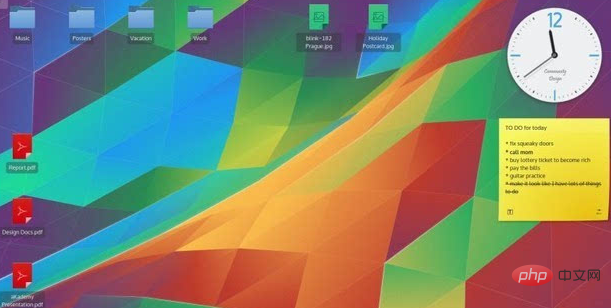
Compared with other desktop environments that require the use of additional tools to customize, KDE is very flexible because it has integrated all of this into the system settings, so Users can personalize their desktop without the need for additional auxiliary tools. It can be said that KDE packages all the basic applications and tools you need, so it is very convenient.
(Free video tutorial recommendation: linux video tutorial)
Many popular Linux distributions provide KDE. Currently, the main Linux distributions that use KDE as the default desktop environment are openSUSE and Kubuntu.
2. GNOME
The first version of GNOME was released in 1999. It is a very popular desktop environment with many branches, such as Cinnamon, Unity, etc. . Its customization is not as flexible and complete as KDE, but it can be customized through third-party applications, such as gnome-tweak-tool.
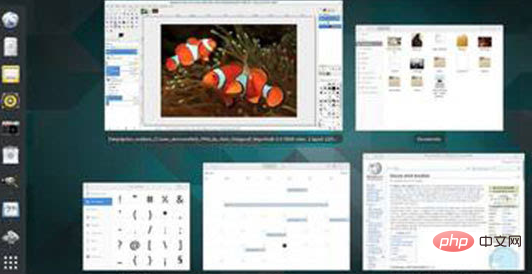
Gnome is the default desktop environment of Fedora. Currently, the main Linux distributions that use GNOME as the default desktop environment are Debian, Fedora, openSUSE and Ubuntu GNOME.
3, MATE
The emergence of MATE is a branch created based on the code of GNOME 2 that is no longer maintained. It was originally created for users who were disappointed with GNOME 3. development. Nowadays, it has also won the favor of many developers.
The advantage of MATE is that it consumes very little resources, so if you have a computer that is not very high-end and runs slowly, I believe you will not go wrong by choosing MATE.
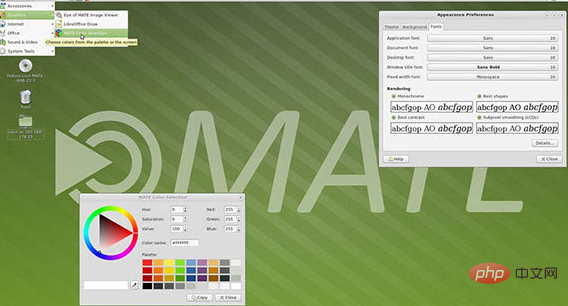
In terms of personalization, the basic applications that come with MATE are all copied from GNOME 2 for integration. It supports panel systems, menus, applets, indicators, etc. that can be pressed User requirement configuration.
4. Cinnamon
Cinnamon is the default desktop environment of Linux Mint. Although it looks like the Windows user interface, it is highly customizable and does not require Any additional plugins, widgets and configuration tools to customize the desktop.
Cinnamon is developed from GNOME 3, but it is more fancy than MATE. The user interface similar to Windows makes Cinnamon a good choice for some beginners.
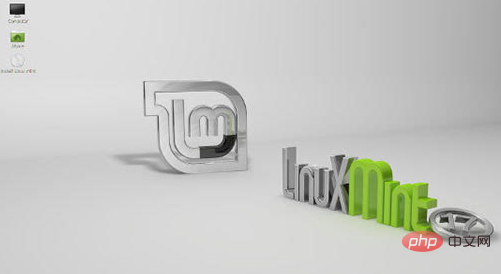
Cinnamon serves as the default desktop environment for Linux Mint, however, many other Linux distributions also offer their own flavor of Cinnamon.
5. Unity
Unity is the default desktop of Ubuntu. It is also the desktop where many beginners first come into contact with Linux functions. It is a desktop optimized for touch. Its original development purpose was also to make full use of the small screen of the netbook. But as we all know, netbooks were ultimately not recognized by most users.

Unity is also based on the GNOME left environment. It was first released in 2010. As a graphical user interface developed by Canonical, it has undergone several major improvements. , can finally be installed on the distribution like any other desktop.
Recommended related articles and tutorials: linux tutorial
The above is the detailed content of Introduction to linux desktop environment. For more information, please follow other related articles on the PHP Chinese website!

Hot AI Tools

Undresser.AI Undress
AI-powered app for creating realistic nude photos

AI Clothes Remover
Online AI tool for removing clothes from photos.

Undress AI Tool
Undress images for free

Clothoff.io
AI clothes remover

AI Hentai Generator
Generate AI Hentai for free.

Hot Article

Hot Tools

Notepad++7.3.1
Easy-to-use and free code editor

SublimeText3 Chinese version
Chinese version, very easy to use

Zend Studio 13.0.1
Powerful PHP integrated development environment

Dreamweaver CS6
Visual web development tools

SublimeText3 Mac version
God-level code editing software (SublimeText3)

Hot Topics
 1375
1375
 52
52
 How to solve the permissions problem encountered when viewing Python version in Linux terminal?
Apr 01, 2025 pm 05:09 PM
How to solve the permissions problem encountered when viewing Python version in Linux terminal?
Apr 01, 2025 pm 05:09 PM
Solution to permission issues when viewing Python version in Linux terminal When you try to view Python version in Linux terminal, enter python...
 Why does an error occur when installing an extension using PECL in a Docker environment? How to solve it?
Apr 01, 2025 pm 03:06 PM
Why does an error occur when installing an extension using PECL in a Docker environment? How to solve it?
Apr 01, 2025 pm 03:06 PM
Causes and solutions for errors when using PECL to install extensions in Docker environment When using Docker environment, we often encounter some headaches...
 How to efficiently integrate Node.js or Python services under LAMP architecture?
Apr 01, 2025 pm 02:48 PM
How to efficiently integrate Node.js or Python services under LAMP architecture?
Apr 01, 2025 pm 02:48 PM
Many website developers face the problem of integrating Node.js or Python services under the LAMP architecture: the existing LAMP (Linux Apache MySQL PHP) architecture website needs...
 How to solve permission issues when using python --version command in Linux terminal?
Apr 02, 2025 am 06:36 AM
How to solve permission issues when using python --version command in Linux terminal?
Apr 02, 2025 am 06:36 AM
Using python in Linux terminal...
 How to configure apscheduler timing task as a service on macOS?
Apr 01, 2025 pm 06:09 PM
How to configure apscheduler timing task as a service on macOS?
Apr 01, 2025 pm 06:09 PM
Configure the apscheduler timing task as a service on macOS platform, if you want to configure the apscheduler timing task as a service, similar to ngin...
 Can the Python interpreter be deleted in Linux system?
Apr 02, 2025 am 07:00 AM
Can the Python interpreter be deleted in Linux system?
Apr 02, 2025 am 07:00 AM
Regarding the problem of removing the Python interpreter that comes with Linux systems, many Linux distributions will preinstall the Python interpreter when installed, and it does not use the package manager...
 Four ways to implement multithreading in C language
Apr 03, 2025 pm 03:00 PM
Four ways to implement multithreading in C language
Apr 03, 2025 pm 03:00 PM
Multithreading in the language can greatly improve program efficiency. There are four main ways to implement multithreading in C language: Create independent processes: Create multiple independently running processes, each process has its own memory space. Pseudo-multithreading: Create multiple execution streams in a process that share the same memory space and execute alternately. Multi-threaded library: Use multi-threaded libraries such as pthreads to create and manage threads, providing rich thread operation functions. Coroutine: A lightweight multi-threaded implementation that divides tasks into small subtasks and executes them in turn.
 How to open web.xml
Apr 03, 2025 am 06:51 AM
How to open web.xml
Apr 03, 2025 am 06:51 AM
To open a web.xml file, you can use the following methods: Use a text editor (such as Notepad or TextEdit) to edit commands using an integrated development environment (such as Eclipse or NetBeans) (Windows: notepad web.xml; Mac/Linux: open -a TextEdit web.xml)



